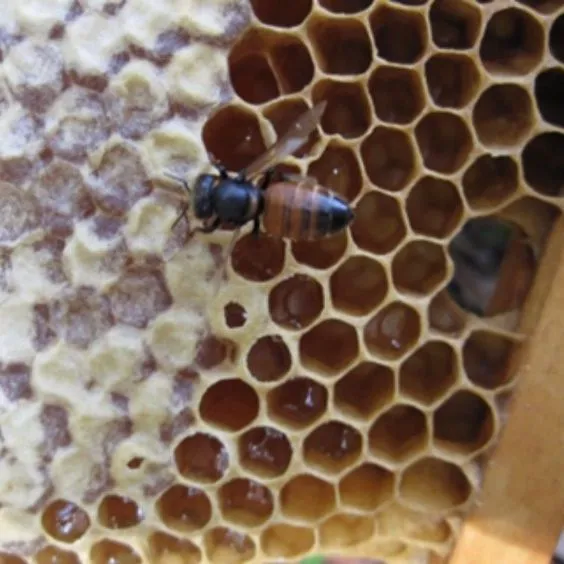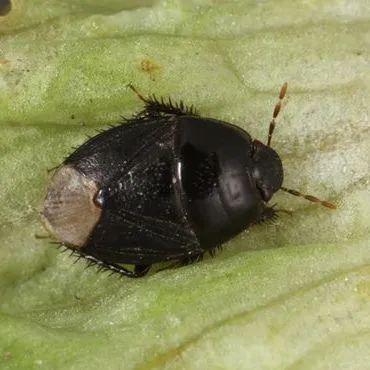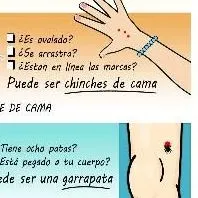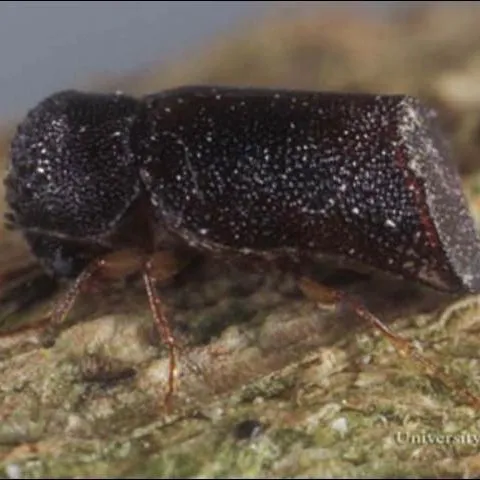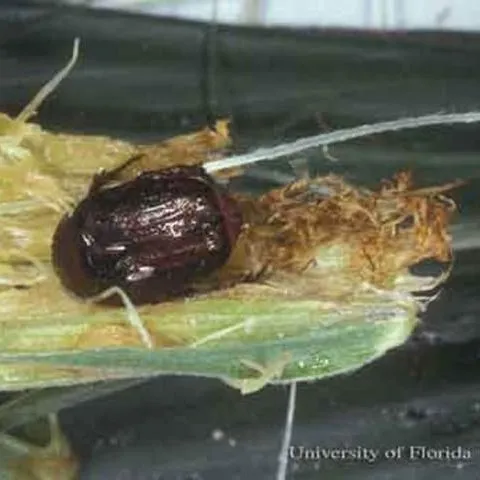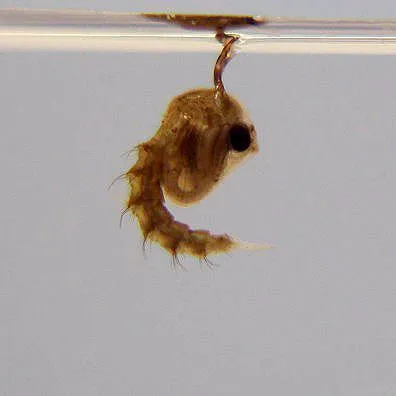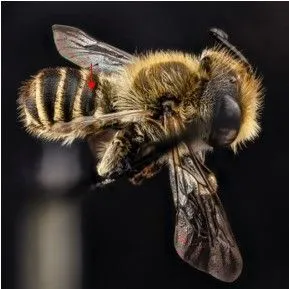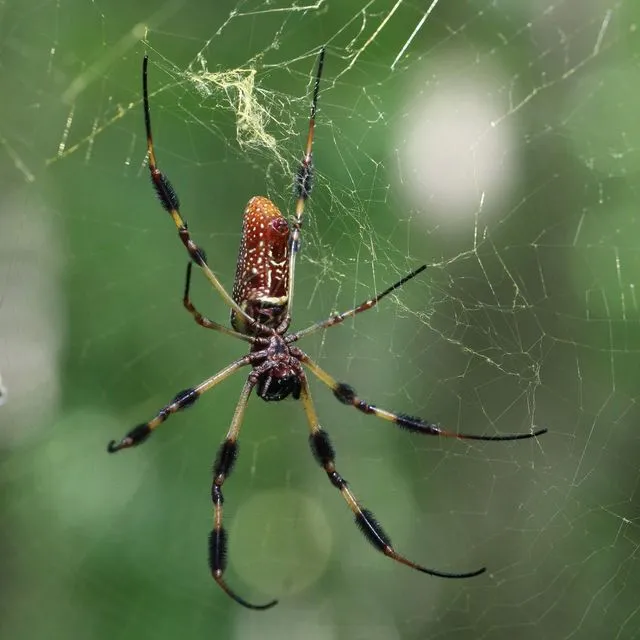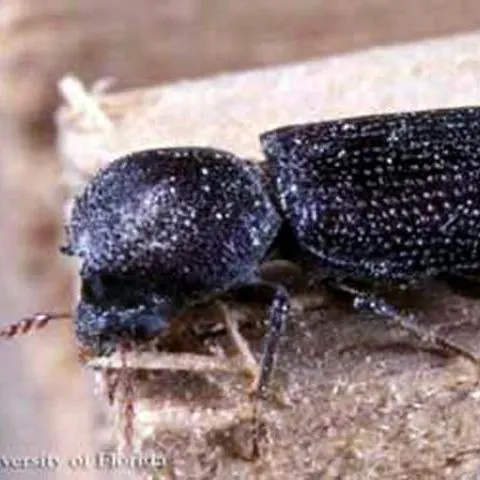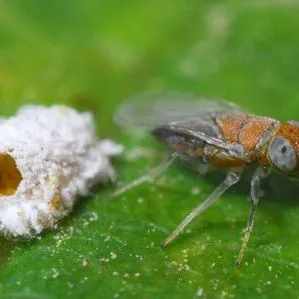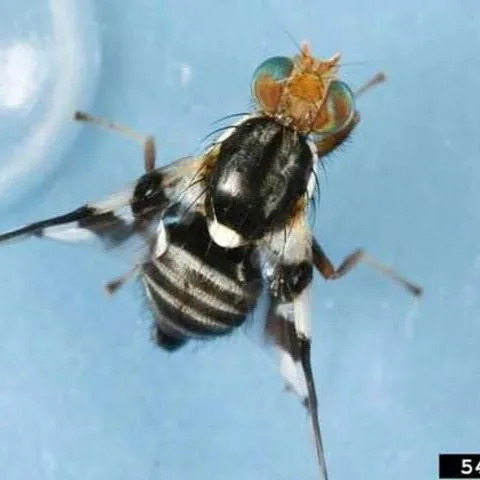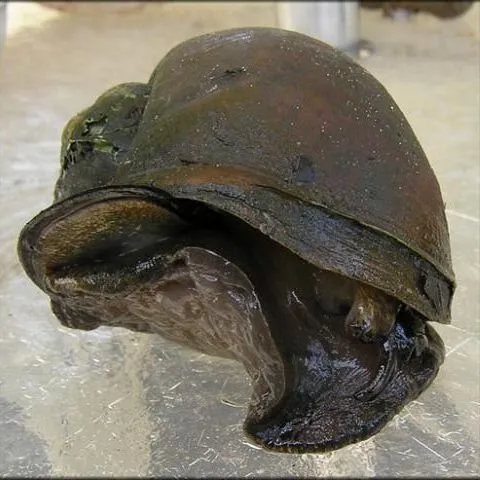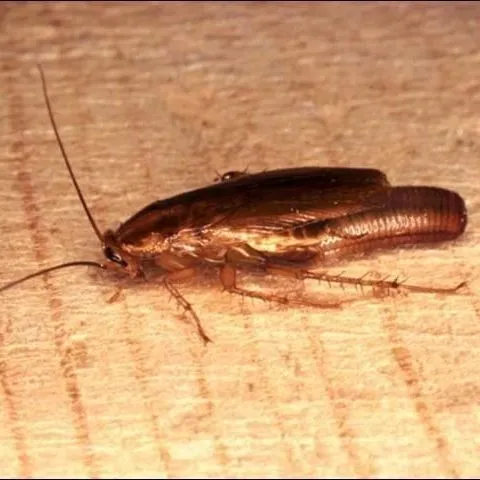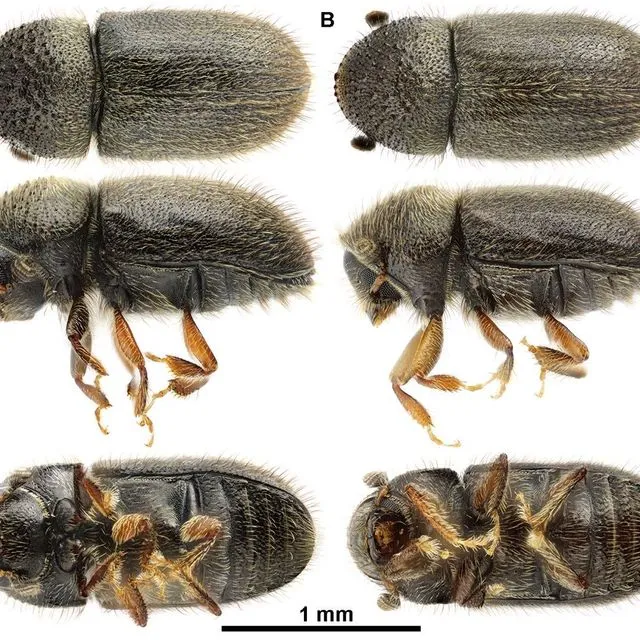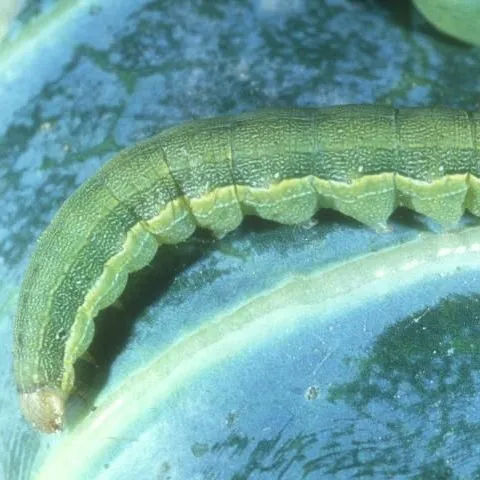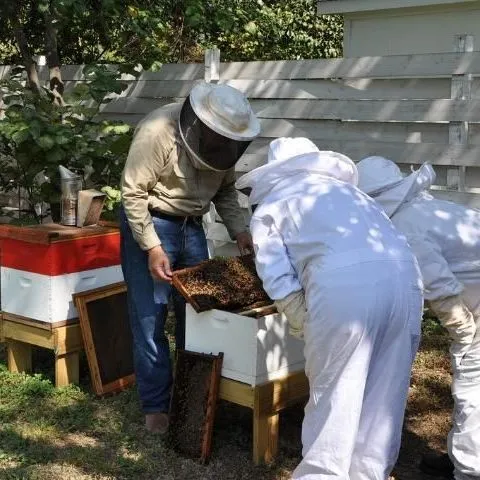Entomology and Nematology
The Department of Entomology and Nematology maintains tripartite priorities consistent with the mandate given to full-service landgrant universities and associated experiment stations: Research, Extension, and Academics. These programs are facilitated with state funding, extramural contract and grant funding, donations and gifts, and the collaborative efforts of cooperating agencies and institutions. The Department has coordinated faculty efforts and strengths into what could be considered major thrust areas for the Department. These areas of emphasis include: Behavior, Ecology, and Systematics; Biological Control; Medical, Veterinary and Urban Entomology; Nematology; Pest Management; and Physiology, Biochemistry, and Genetics.
Editorial Team
- Elena Rhodes - Editor
- Susan Gildersleeve - ICS Editor
- Andrew Short - Chair
- Adam Dale - Author
Related Links
New and Revised Publications
The Department of Entomology and Nematology maintains tripartite priorities consistent with the mandate given to full-service landgrant universities and associated experiment stations: Research, Extension, and Academics. These programs are facilitated with state funding, extramural contract and grant funding, donations and gifts, and the collaborative efforts of cooperating agencies and institutions. The Department has coordinated faculty efforts and strengths into what could be considered major thrust areas for the Department. These areas of emphasis include: Behavior, Ecology, and Systematics; Biological Control; Medical, Veterinary and Urban Entomology; Nematology; Pest Management; and Physiology, Biochemistry, and Genetics.
Editorial Team
- Elena Rhodes - Editor
- Susan Gildersleeve - ICS Editor
- Andrew Short - Chair
- Adam Dale - Author
Related Links
New and Revised Publications
Showing 100 of 881 Publications
Showing of 156 Experts



